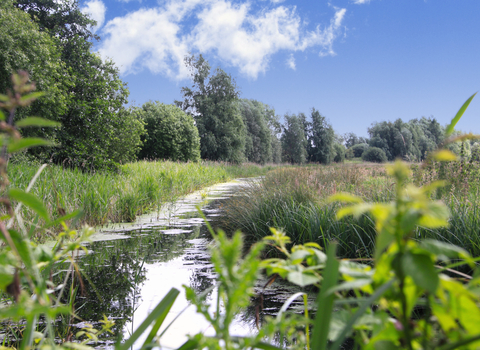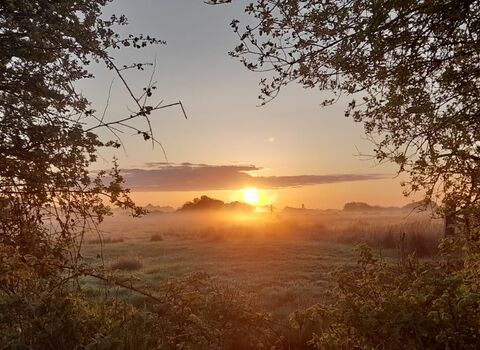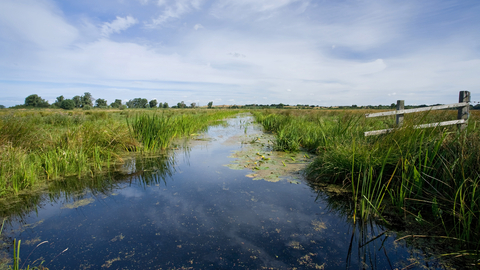
By Steve Aylward
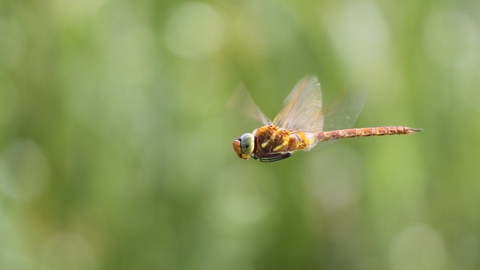
Norfolk hawker dragonfly - Jamie Hall
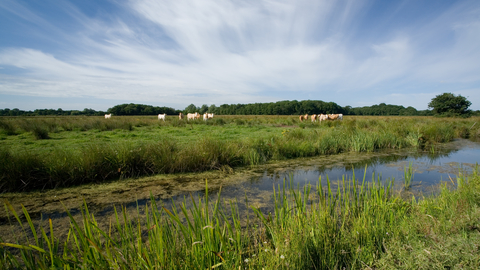
By Steve Aylward
Fen raft spider nursery web - Vincent Forte
Water soldier at Castle Marshes - Steve Aylward
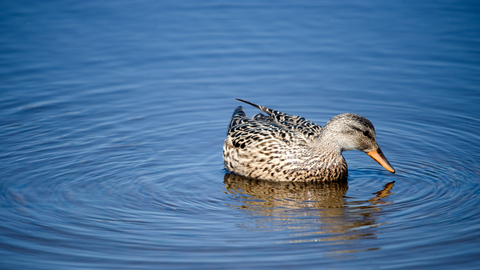
Gadwall - Amy Lewis
Frogbit by Steve Aylward
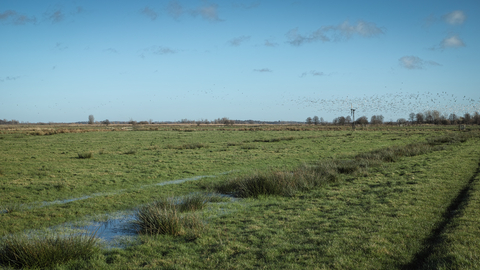
By Steve Aylward
Castle Marshes Nature Reserve
Know before you go
Dogs
When to visit
Opening times
No public access but can be viewed from the Angles Way footpath along the river wall.Best time to visit
April to SeptemberAbout the reserve
A visit to Castle Marshes is a real dragonfly experience along with the chance to see a wealth of flowering aquatic plants and wetland birds. Castle Marshes is a Broadland site with grazing marsh, fen and freshwater dykes. In winter, the marshes are flooded to create expanses of open water for wintering wildfowl that swell the resident populations of wigeon, teal, shoveler and gadwall. In summer, the areas of reed and taller vegetation along the river wall and the marshes are home to breeding birds including reed, sedge and grasshopper warbler. Castle Marshes can also be a great place to see birds of prey like marsh harrier, peregrine falcon and hobby. Hobby can be seen hunting the many dragonfly species that are found here, flying with the same speed and manoeuvrability as a swift as they hunt over the dykes and scrapes.
Dragonfly species found here include scarce chaser, banded demoiselle and Norfolk hawker. Norfolk hawker dragonfly are a national rarity and can be seen hunting along the sparkling, unpolluted dykes in summer. These dykes are where rare plants like water soldier and frogbit, and beautiful plants such as flowering rush and arrowhead, hold forth. Another rarity that can now be spotted in the dykes is the fen raft spider, which was introduced to the site in 2011. A great success story as this species, which was once confined to only 3 sites in the UK, is now flourishing here. Fen raft spider prey on aquatic invertebrates such as pond skaters but will also hunt larger prey species such as adult dragonfly and stickleback fish. They are thriving at Castle Marshes because of the huge diversity of prey species in the dykes as well as the presence of water soldier where they like to build their nursery webs.

